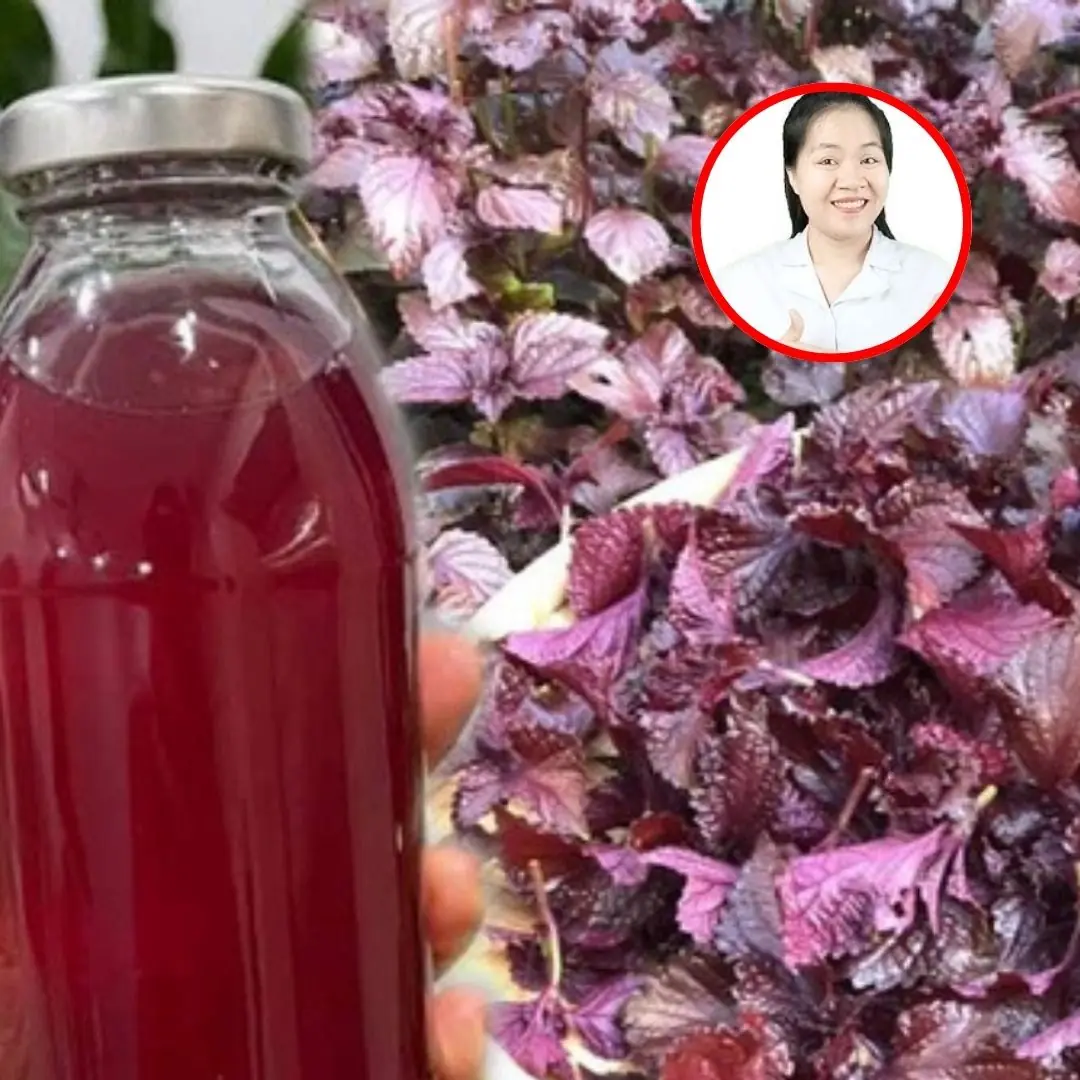
This is a simple vegetable but is so rich in vegetable protein that experts recommend using it instead of meat

According to Traditional Eastern Medicine, sweet leaf (rau ngót) has a cooling nature and a sweet taste, with effects such as clearing heat, detoxifying, nourishing the blood, and promoting bowel movements. Its high plant-protein content makes it recommended as a substitute for animal protein.
1. Characteristics of sweet leaf
Sweet leaf is a popular, common vegetable in Vietnamese meals. It is easy to grow, hardy, and propagated from cuttings, thriving almost anywhere. Therefore, it is often planted in home gardens, around ponds, along fences, or by pathways to make use of available land.
Sweet leaf grows quickly and is especially resistant to pests, eliminating the need for pesticides. This makes it a very safe and healthy vegetable to eat. People often use sweet leaf leaves to cook soup with pork, bones, shrimp, or clams, creating delicious and nutritious family meals while also helping to cool the body in summer. Those with cold body types should avoid it, or add a few slices of ginger when cooking.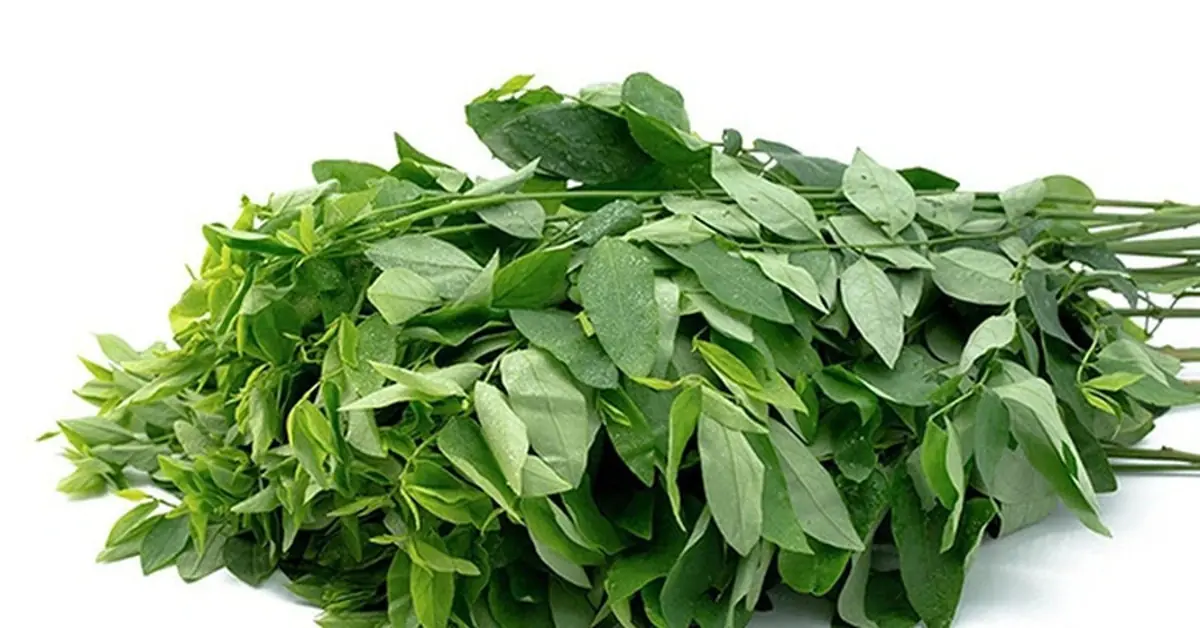
2. Nutritional composition of sweet leaf
Sweet leaf is safe, healthy, and highly nutritious.
Nutritional value per 100 g of sweet leaf:
| Component | Value | Component | Value |
|---|---|---|---|
| Calcium | 169 mg | Energy | 35 kcal |
| Iron | 2.7 mg | Protein | 5.3 g |
| Magnesium | 123 mg | Carbohydrate | 3.4 g |
| Manganese | 2,400 mg | Fiber | 2.5 g |
| Phosphorus | 65 mg | Vitamin C | 185 mg |
| Potassium | 457 mg | Vitamin A | 6,650 µg |
| Sodium | 25 mg | ||
| Zinc | 0.94 mg | ||
| Copper | 190 µg |
Sweet leaf is rich in nutrients and particularly beneficial for postpartum women, as it helps expel residual fluids from the uterus. It is also a valuable source of fiber, aiding digestion, preventing constipation, and reducing the risk of atherosclerosis.
Although fresh vegetables generally have low protein content, some—such as sweet leaf—are notable exceptions, containing up to 5.3 g protein per 100 g.
Vitamins: Vitamin C 185 mg and Vitamin A 6,650 µg.
Sweet leaf contains much higher levels of Vitamin A and Vitamin C compared to grapefruit, lemon, or orange. These vitamins are essential for collagen production, fat transport, cholesterol regulation, and immune function. Vitamin C also plays a key role in wound healing, slowing aging, and improving brain function, while Vitamin A is vital for growth, vision, infection resistance, and healthy skin.
Note: Vitamin C is lost when the leaves are bruised, so it is best to use fresh leaves and eat immediately after cooking to preserve their nutritional value.
In Traditional Eastern Medicine, sweet leaf leaves have a cooling nature and, aside from clearing heat and detoxifying, they also promote urination, stimulate saliva production, nourish and stop bleeding, support bowel movement, have antibacterial and anti-inflammatory effects, and promote tissue regeneration. The roots are slightly bitter. Both the leaves and roots have medicinal properties: leaves can treat measles rash, cough, pneumonia, high fever, painful urination, and detoxification; roots can promote urination and improve blood circulation.
3. Other medicinal uses of sweet leaf
-
Helps cleanse postpartum discharge for new mothers.
-
Treats oral thrush in children: infants may develop thrush due to milk residue or fungal infection, causing pain and difficulty sucking.
-
Treats retained placenta after childbirth or abortion, preventing infection.
-
Aids recovery after delivery.
-
Relieves bone pain: sweet leaf cooked with pork bones, eaten several times a day, can be effective.
-
Stops nosebleeds.
-
Detoxifies alcohol.
-
Treats melasma.
Caution for pregnant women: Sweet leaf contains a certain amount of papaverine, a compound that can cause smooth muscle contractions in the uterus, potentially leading to miscarriage. Therefore, pregnant women should limit sweet leaf consumption to avoid unwanted risks.
Sweet leaf is both a nutritious daily food and a medicinal herb with cooling, detoxifying, and healing properties, making it a valuable ingredient to include in family meals.
News in the same category

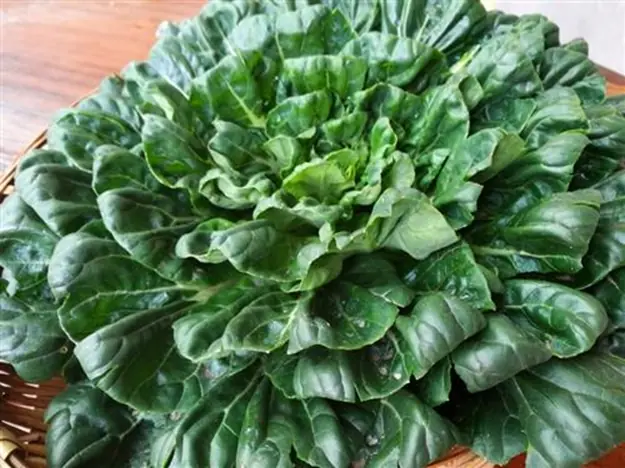
Three Types of Vegetables with the Highest Pesticide Residues

Doctor Warns: 5 Symptoms That Could Indicate Bone Cancer

7 foods to avoid in a colon cancer diet

These Are the 5 Earliest Warning Signs Your Body Sends When Can.cer

5 Early Clues Your Body Sends When Bile Du.ct Can.cer Is Taking Hold

An 18-Year-Old Girl Suffered Severe Kid.ney Failure

The 8 warning signs your lips reveal about your health – from herpes to liver disease

7 Warning Signs of a Type of Can.cer That’s Treatable but Can Still Make It Hard to Have Children

6 Types of People Who Should Never Eat Too Many Eggs

Experimental HIV vaccines show promise in early safety test

6 Types of People Who Should Avoid Eating Too Many Eggs

Check out these 6 health conditions when you drool while sleeping

The real reasons your limbs twitch at night

Snoring and 5 Surprising Indicators of Obstructive Sleep Apnea

3 characteristics of the feet warn of blocked blood vessels

7 Morning Symptoms Your Body Might Be Using to Signal Hidden Diabetes

Combine these foods with milk and you will get many unbelievable benefits

3 Selfish Husband Habits That Increase Their Wife’s Risk of Cer.vical Can.cer
News Post

Discover 7 Amazing Ways Drinking Perilla Leaf Water Regularly Can Boost Your Health and Well-Being

Three Types of Vegetables with the Highest Pesticide Residues
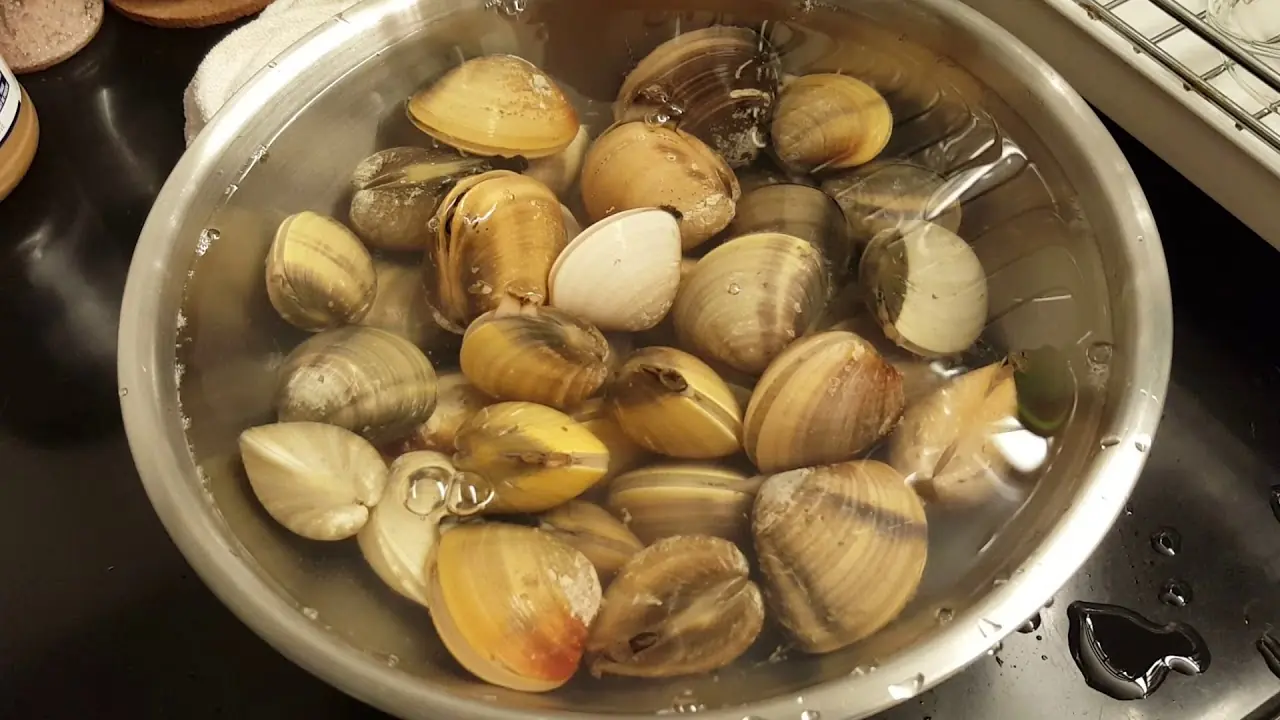
No Matter How You Wash Clams, There’s Still Grit Inside?

What Is the Black Round Hole Next to the Camera on an iPhone For?

Doctor Warns: 5 Symptoms That Could Indicate Bone Cancer

7 foods to avoid in a colon cancer diet

These Are the 5 Earliest Warning Signs Your Body Sends When Can.cer

5 Early Clues Your Body Sends When Bile Du.ct Can.cer Is Taking Hold

An 18-Year-Old Girl Suffered Severe Kid.ney Failure
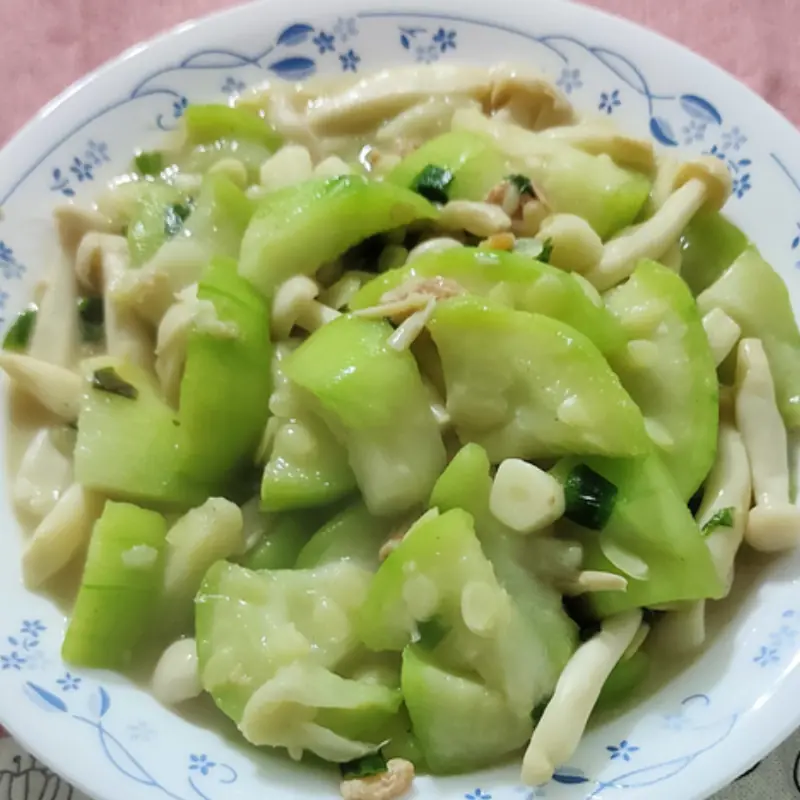
5 Types of Pesticide-Free Vegetables as Nutritious as Ginseng
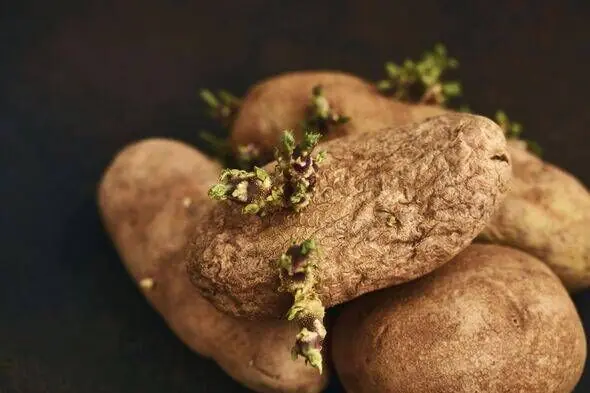
The Secret to Keeping Potatoes Fresh for 6 Months Thanks to a Surprising “Friend” in the Kitchen

The 8 warning signs your lips reveal about your health – from herpes to liver disease

7 Warning Signs of a Type of Can.cer That’s Treatable but Can Still Make It Hard to Have Children

6 Types of People Who Should Never Eat Too Many Eggs

Experimental HIV vaccines show promise in early safety test

4 “ki.ll.ers” that cause cancer right in your home

6 Types of People Who Should Avoid Eating Too Many Eggs

Check out these 6 health conditions when you drool while sleeping

The real reasons your limbs twitch at night
